
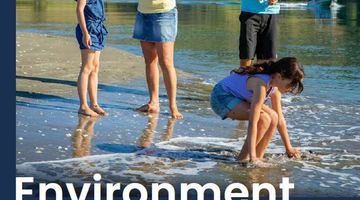
He taiao tōnui mō ngā reanga katoa – a flourishing environment for every generation. Aotearoa New Zealand’s Ministry for the Environment and Stats NZ report on the country’s environment every 3 ...
READ MORE
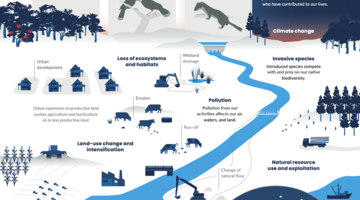
Pōhutukawa is a whetū in the Matariki cluster. It is connected to those who have passed since Matariki the previous year. Pōhutukawa prompts us to reflect on and be thankful for the past year ...
READ MORE
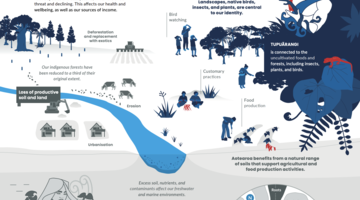
Tupuānuku is a whetū in the Matariki cluster. It is the star connected to anything associated within the soil, including cultivated and uncultivated foods grown in the ground. Aotearoa New ...
READ MORE
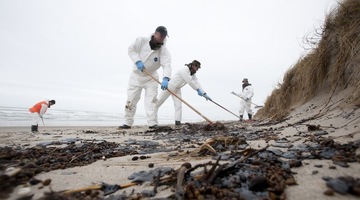
In this activity, students consider short-term and long-term responses to an environmental disaster such as the Rena. By the end of this activity, students should be able to: describe what might ...
READ MORE
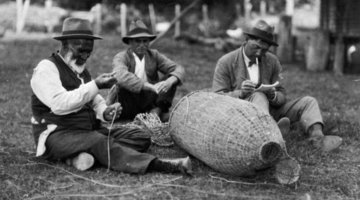
In this activity, students explore Māori perspectives concerning estuaries. By the end of this activity, students should be able to: explain how a Māori legend can show aspects of Māori thinking ...
READ MORE

EBM – ecosystem-based management – is a holistic and inclusive approach for managing an ecosystem. In this activity, students use EBM principles as a framework to consider how a local area of ...
READ MORE

This citizen science project wants your assistance to extract information from various climate scientific graphics to help combat misinformation and support scientific communication. Using this ...
READ MORE

Be part of a worldwide movement and use Global Earth Challenge to submit or classify photos to help our planet’s environment and human health. Global Earth Challenge is a citizen science campaign ...
READ MORE
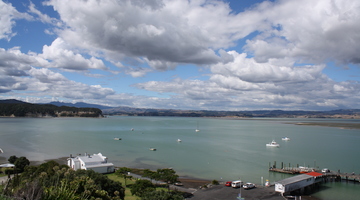
With 75% of New Zealanders living within 10 km of the coast, many students will be familiar with estuaries. In scientific terms, estuaries are the interface between the land and the sea – the ...
READ MORE

In this recorded webinar Pauline Waiti and Rosemary Hipkins explore the idea of knowledge systems with examples from science and mātauranga Māori. The report Enduring Competencies for Designing ...
READ MORE

In this recorded professional learning webinar, educational experts Dr Rosemary Hipkins and Pauline Waiti provide provocations about the purpose of Mana ōrite mō te mātauranga Māori and explore ...
READ MORE
Professor James Renwick provides a few suggestions on how each of us can reduce our carbon footprint. Questions for discussion: What are some of the suggestions that you can put into practice ...
READ MORE
Professor Louis Schipper from the University of Waikato talks about the importance of soil structure, soil chemistry and soil organic matter. Points of interest: What are two of the roles of soil ...
READ MORE
NIWA's Maori development officer, Apanui Skipper and Weno Iti, the Te Kūwaha manager (NIWA Māori Development Centre), describe what kaitiakitanga means to them.
READ MORE
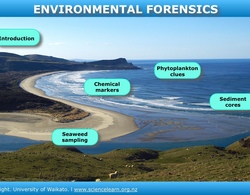
Dr Candida Savage explains the clues she collects in estuaries and fiords, to understand how changes in land use affect these environments. Click on the labels to watch the videos for more ...
READ MORE

An interactive that shows how early Māori used different fungi for food and medicine.
READ MORE

This slideshow provides additional support for the video tutorial Te Kāhui o Matariki and the environment. Use the Slideshow menu for further options, including view full screen, and go here for ...
READ MORE